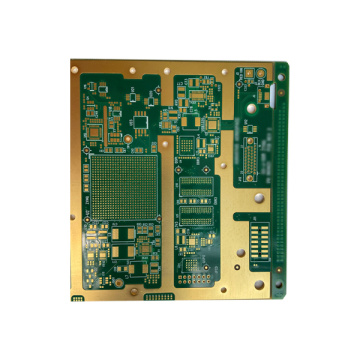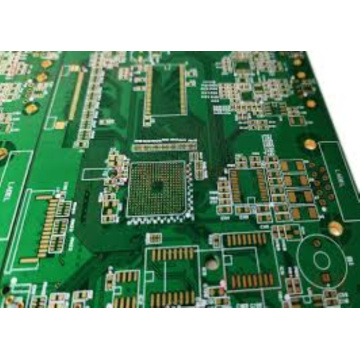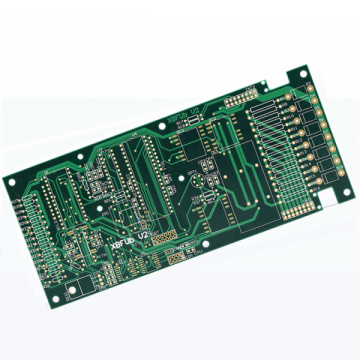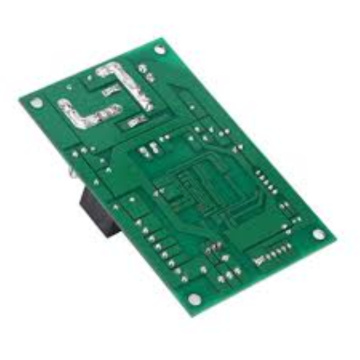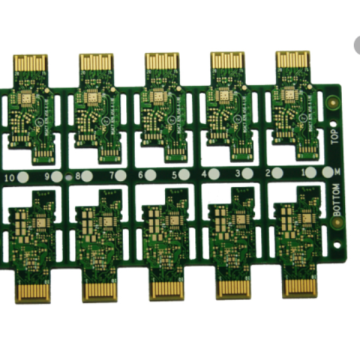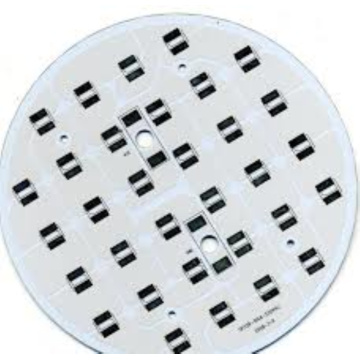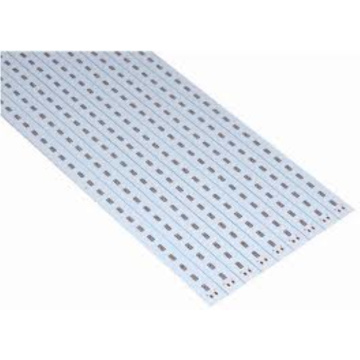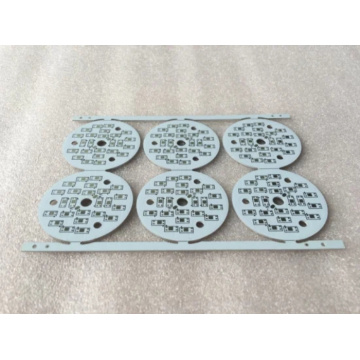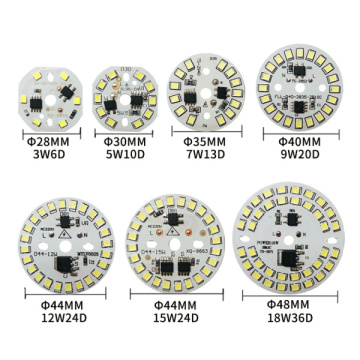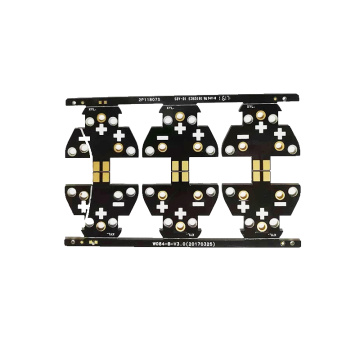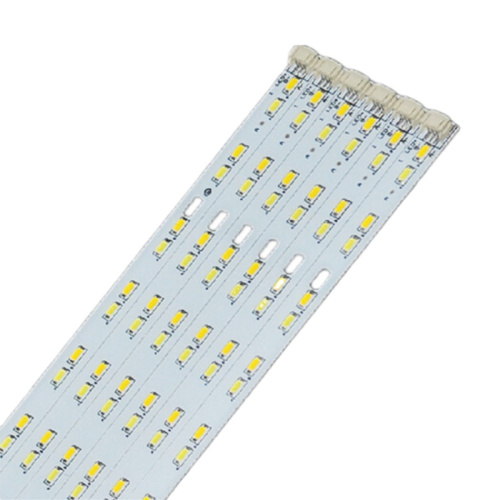
Custom-Made Large Size LED Circuit Board Aluminum PCB
-
$0.13≥10000 Piece/Pieces
- Min. Order:
- 10000 Piece/Pieces
- Min. Order:
- 10000 Piece/Pieces
Your message must be between 20 to 2000 characters
Contact NowHow is metal core PCB made?
The metal core printed board, also known as MCPCB, is one of the most widely used PCBs today. These PCBs have applications in various industrial electronic equipment. You may ask how these PCBs are different from regular PCBs. What are their advantages over standard CEM3 or FR4 Rogers PCB.
The base material used in this PCB is metal, not FR4 Rogers or CEM3 material. The most commonly used metals are aluminum, steel alloys and copper. Aluminum is cheap and has good heat dissipation and transmission capabilities. Copper has better heat dissipation and transmission capabilities than aluminum and stainless steel, but it is expensive. Stainless steel is harder than copper and aluminum, and its thermal conductivity is also very low. Therefore, the choice of metal core printed boards will depend on the applications in which they are used.
The benefits of metal core printed board:
The following advantages of metal core printed board make it an ideal choice for different industrial applications:
1. High thermal conductivity: standard PCB with FR4 and CEM3 has weaker interlayer insulation and lower thermal conductivity. Without proper heat dissipation, the internal temperature may increase and affect internal components. The metal base printed board made of aluminum has excellent thermal conductivity and helps to keep the internal components safe.
2. Good dimensional stability: Compared with FR4 or CEM3 PCB, metal core printed board shows good dimensional stability. When the aluminum PCB is heated to a temperature of 30 degrees Celsius to 140~150 degrees Celsius, its size will expand between 2.5-3%.
3. High thermal expansion: The coefficient of thermal expansion (CTE) is a term used to describe the expansion or contraction of a substance under temperature. The CTE of aluminum and copper is higher than ordinary FR4, and the thermal conductivity is 0.8~3.0 W/cK.
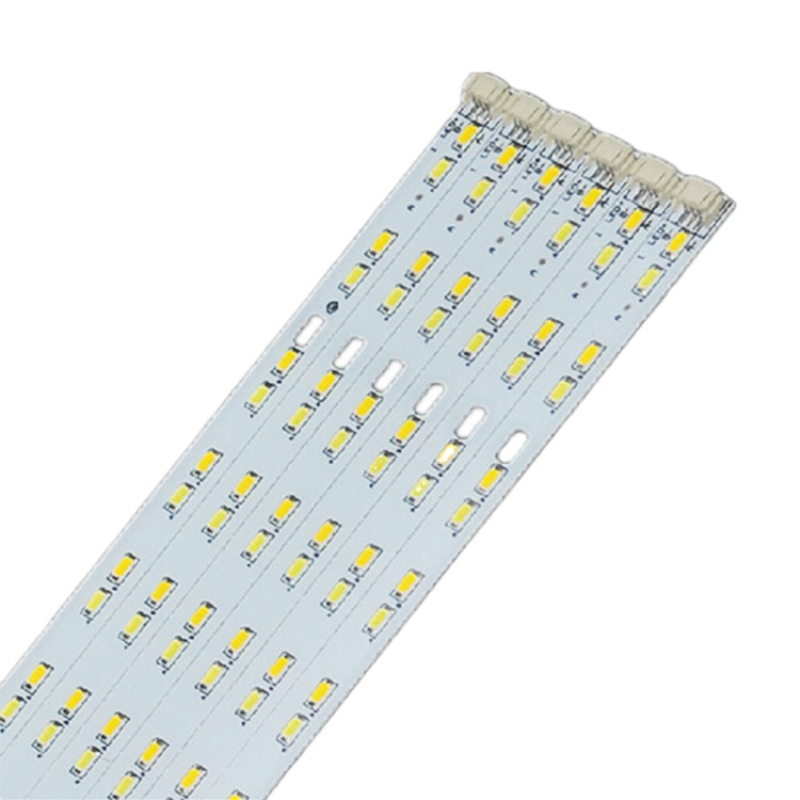
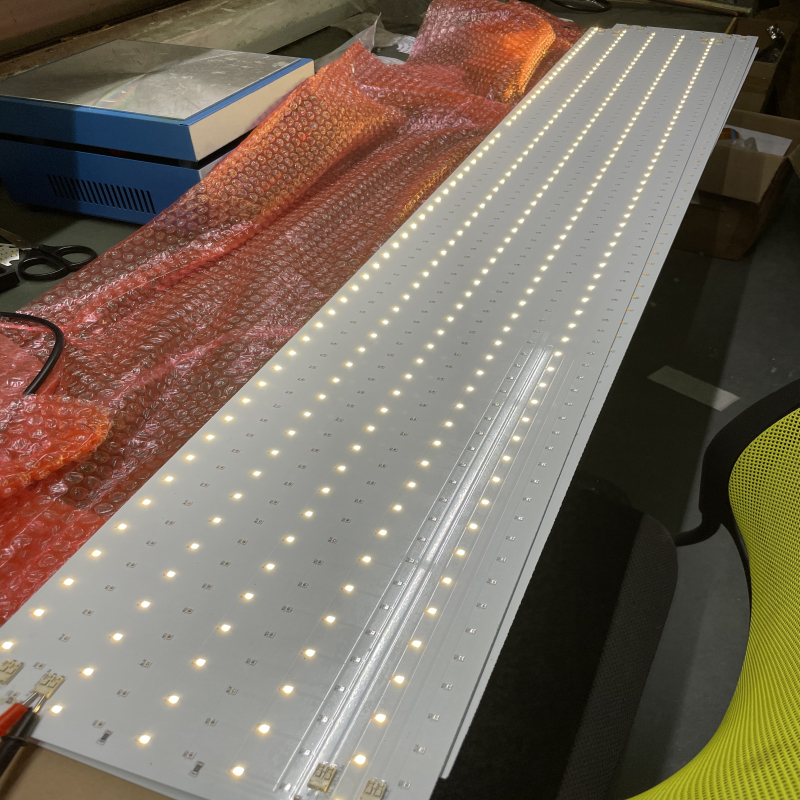
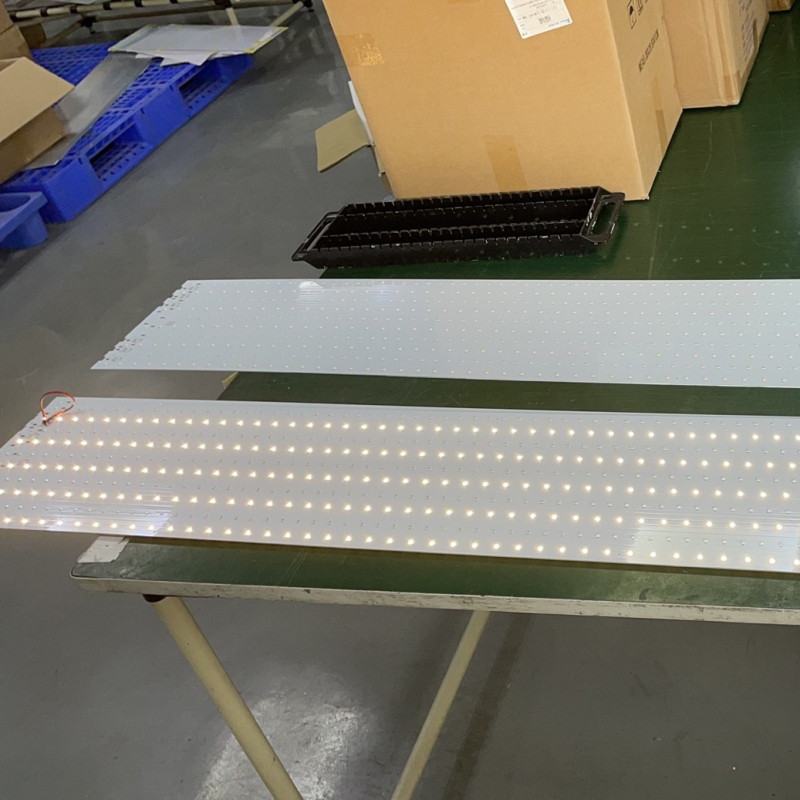
Related Keywords




